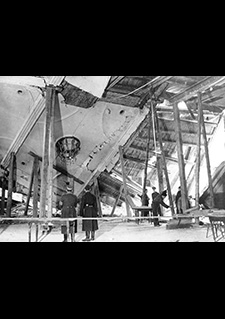Resistance
Fundamental resistance against the regime appeared virtually impossible once initial successes quickly transformed the German populace’s initial war weariness into enthusiasm for the “Führer”. The military successes especially deprived officers in the opposition, who had still harbored intentions to move against Hitler in the first weeks of the war, of their motive. A certain resignation and paralysis descended over disaffected individuals and opponents of the Nazi regime.
Given this situation, when the journeyman carpenter Georg Elser attempted to assassinate Hitler in Munich’s Bürgerbräukeller in November of 1939, the SS Security Service, which was normally quite sensitive in picking up on criticism of the regime from the populace, registered primarily outrage at the attack and relief that Hitler had remained uninjured as if by a miracle. Even representatives of the Church condemned the assassination attempt.
During this time, discussion groups made up of the old elites, the circle around Carl Goerdeler and the Kreisau Circle for instance, produced important memoranda of the resistance, which however were discussed only in closed circles. Public actions appealing to the populace, like Bishop Galen’s (1941) protest against euthanasia, were the rare exception.

